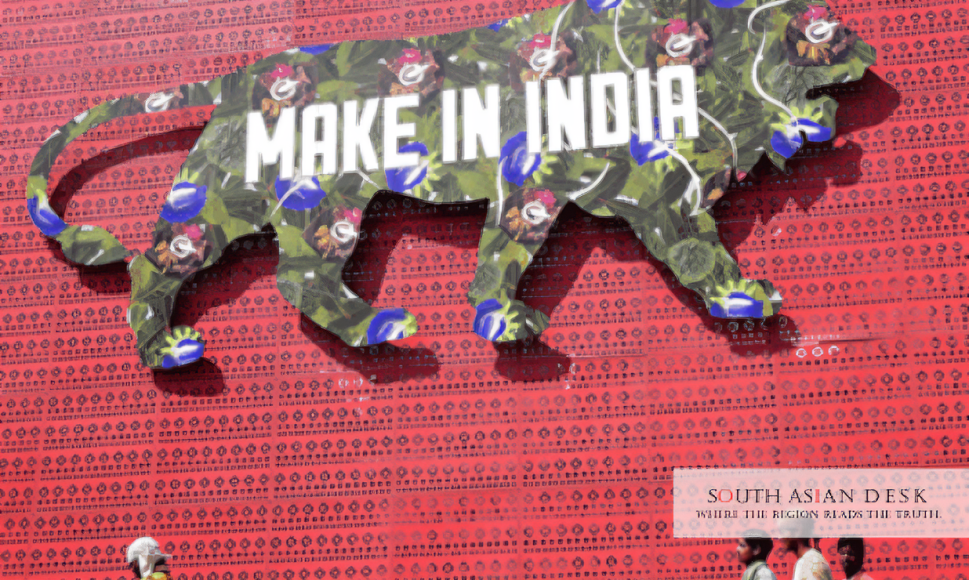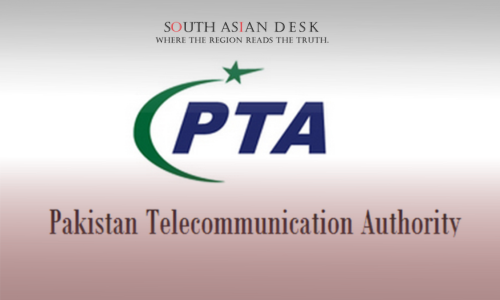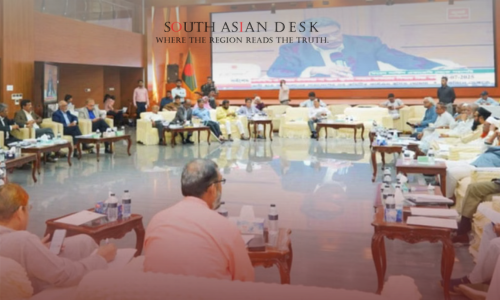India’s cabinet ministers launched a vigorous campaign for India local tech alternatives this week, targeting giants like Google and Microsoft amid escalating US trade tensions. The push, led by Information Technology Minister Ashwini Vaishnaw, aims to bolster domestic innovation and reduce reliance on foreign software. Announced on October 3, 2025, the initiative responds to a 50 per cent US tariff on Indian imports imposed in August. It seeks to promote “swadeshi” products in daily use, from mapping tools to productivity suites.
This development underscores India’s quest for digital sovereignty, a move with ripple effects across South Asia. As the region’s largest economy, India’s embrace of local tech alternatives could inspire neighbouring nations like Pakistan and Bangladesh to prioritise indigenous solutions. It challenges US tech hegemony while fostering economic resilience against global trade disruptions. Success here might reshape regional supply chains and boost intra-South Asian tech collaborations.
India Pushes Domestic Apps Amid US Trade Tensions
Prime Minister Narendra Modi set the tone last month with a public appeal to abandon foreign goods in everyday life. Speaking at a national event, Modi urged citizens to scrutinise items like combs in their pockets for origin. “We will have to get rid of these also,” he said. “We should buy goods that are Made in India.” This rhetoric gained urgency after the US slapped tariffs on Indian exports, citing oil purchases from Russia, and introduced a $100,000 fee on new H-1B visas, affecting thousands of Indian professionals.
Three senior ministers echoed Modi’s call through targeted promotions. Vaishnaw, during a media briefing on highway projects, highlighted the use of MapmyIndia for mapping instead of Google Maps. “The map is from MapmyIndia, not Google Maps,” he declared. “It’s looking nice, right? Swadeshi.” He followed with a video on X demonstrating Zoho software, a rival to Microsoft’s PowerPoint and cloud tools. The post amassed 6.2 million views within days.
Commerce Minister Piyush Goyal and Education Minister Dharmendra Pradhan focused on messaging apps. Goyal shared his switch to Arattai, Zoho’s chat platform challenging WhatsApp. Pradhan joined the endorsement, amplifying calls for its adoption in educational settings. These actions mark the government’s most direct intervention in consumer tech choices since the 2021 promotion of Koo, an X-like platform that later shuttered due to funding shortages.
Data from Sensor Tower shows the impact. Arattai recorded over 400,000 downloads in September 2025, up from fewer than 10,000 in August. Daily active users surpassed 100,000 on September 26, doubling from the prior day. WhatsApp, by contrast, commands over 500 million users in India, its largest market. Yet, the momentum signals shifting preferences amid nationalist appeals.
Key India Local Tech Alternatives in Focus
Zoho emerges as a cornerstone of this drive. Founded in 1996 by Sridhar Vembu in Chennai, the company bootstrapped to over $1 billion in annual revenue by 2025, employing 12,000 staff globally. Its Workplace suite starts at Rs 59 per user per month, undercutting Google Workspace’s Rs 160 and Microsoft 365’s Rs 145 entry plans. Features like Zoho Writer for documents, Zoho Sheet for spreadsheets, and Zoho Show for presentations integrate with 50-plus apps, including CRM and analytics tools powered by AI assistant Zia.
Vaishnaw detailed his personal migration in a September 23 X post: “I am moving to Zoho — our own Swadeshi platform for documents, spreadsheets & presentations. I urge all to join PM Shri @narendramodi Ji’s call for Swadeshi by adopting indigenous products & services.” Vembu replied: “Thank you Sir, this is a huge morale boost for our engineers who have worked hard for over two decades.” Zoho’s India and Europe-based data centres emphasise privacy, appealing to compliance needs in government and enterprises.
MapmyIndia, another beneficiary, powers national projects like the Digital India Geographic Identification Programme (DIGIPIN). A recent Press Information Bureau release noted its role in advancing digital addressing systems. The platform rivals Google Maps with precise, localised data for highways and urban planning. Vaishnaw’s briefing showcased its integration in infrastructure visuals, positioning it as a reliable swadeshi option.
Arattai, Zoho’s messaging tool, gains from ministerial backing. Derived from the Tamil word for “chat,” it prioritises secure, India-centric communication. Goyal’s endorsement drove its user spike, with officials praising its potential to connect communities without foreign intermediaries.
These India local tech alternatives address entrenched American dominance. Microsoft tools dominate offices, Google Maps guides travellers, and WhatsApp underpins social ties. Government data from the Ministry of Electronics and Information Technology (MeitY) projects India’s software market at $18.4 billion by end-2025, up from $15.2 billion in 2024. Domestic players like Zoho contribute significantly, with production of electronic items rising to Rs 6,40,810 crore ($87.1 billion) in recent years.
Challenges persist. Industry analyst Dilip Cherian noted: “Only state patronage will not be enough. What brands like Zoho need to succeed is a unique differentiating factor, deep pockets and strong protection against surveillance.” Past efforts, such as Koo’s 2021 launch amid Twitter disputes, faltered on scale and funding. Zoho’s bootstrapped model and rural operations in Tamil Nadu offer differentiation, but matching global ecosystems remains tough.
Background: Roots of Swadeshi in Digital Era
The swadeshi movement traces to India’s independence struggle, revived by Modi in 2014 as “Make in India.” Digital extensions began with the 2020 app store plans to rival Google and Apple. Post-2021 border clashes with China, bans on apps like TikTok accelerated local pivots. US tensions, including the August tariffs, amplify this. MeitY’s January 2025 report on digital economy highlights 1.3 billion biometric IDs issued, underscoring infrastructure for home-grown tech.
What’s Next for India Local Tech Alternatives
Policymakers eye NextGen GST reforms to aid domestic firms. Industry leaders anticipate deeper integrations, like Zoho in public procurement. As US-India talks loom under President Trump, these alternatives could negotiate leverage. Success hinges on user adoption and innovation funding.
India local tech alternatives stand poised to redefine digital habits, fortifying economic defences in a fractious global order.
Published in SouthAsianDesk, October 4th, 2025
Follow SouthAsianDesk on X, Instagram, and Facebook for insights on business and current affairs from across South Asia.






